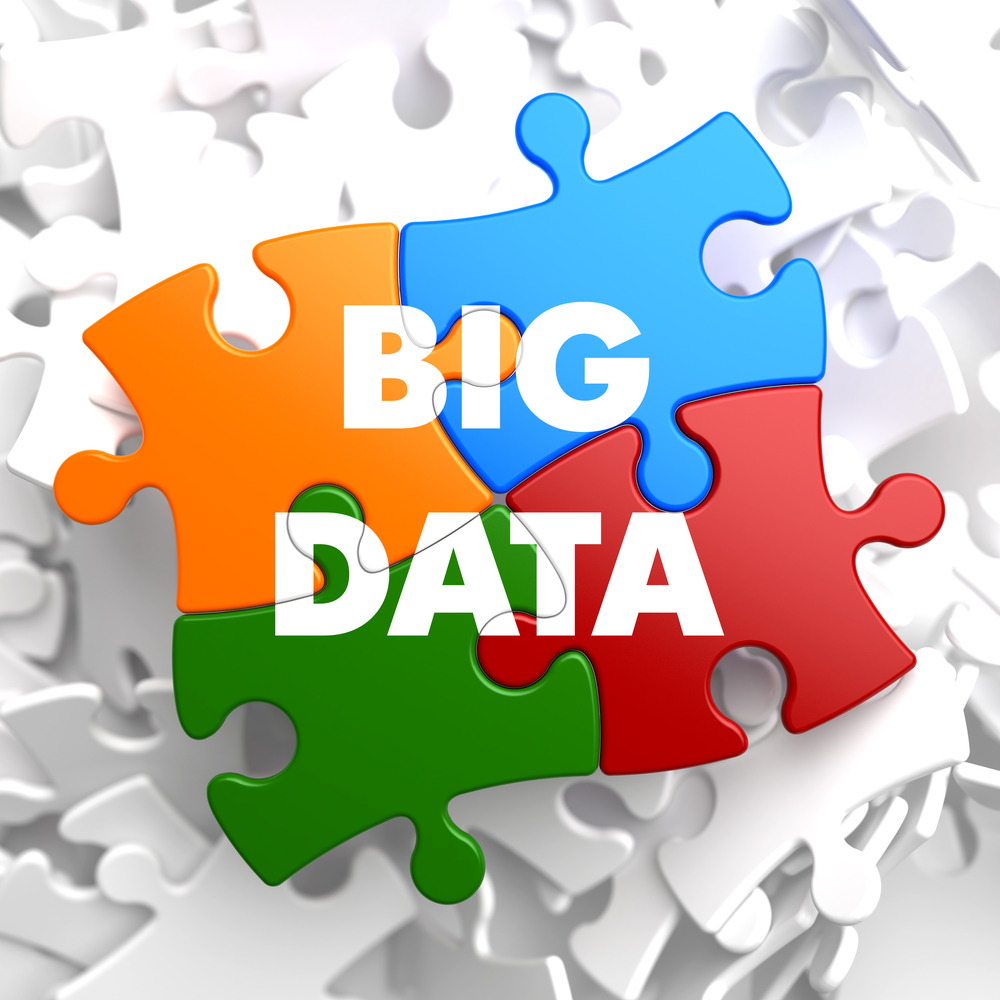2 min read
Field Data Creation: Key to Enhancing Critical Infrastructure
![]() Jacqueline L. Mulhern
:
12/13/22 10:00 AM
Jacqueline L. Mulhern
:
12/13/22 10:00 AM

Digitalization of data is a process involving several steps. Executives who want to achieve the maximum benefit from their data collection processes need to learn, embrace, and implement digitalization in all its stages. (Part 1--Data Creation)
In the past, aging infrastructure was associated with more economically challenged nations, but today it is a common problem in the world's leading economies. Critical infrastructure includes the drinking water, wastewater, energy, oil, gas, and transportation sectors. These systems are not built to last forever, even with the best engineering and materials.
Increased operational stress, including changing weather patterns and urbanization, causes accelerated deterioration. Workforce proficiency is undermined as educated, experienced engineers retire, but there is a dearth of qualified professionals to replace them. The increasingly stringent regulatory environment creates a pressing need to generate timely, accurate reporting of data. But aging infrastructure with manual data collection is outdated and inefficient. Sometimes, it can even be dangerous. During a major storm, it is difficult to slide down a manhole to measure wastewater levels and drinking water quality, and occasionally workers are injured.
But there is a safer, more efficient, and accurate way to collect infrastructure data. Edge Devices, known as such because they sit on the edge of the network, use artificial intelligence to automatically detect and remotely transmit data at pre-determined intervals. Instead of sending water utility workers out in major storms to collect data, battery-operated sensors are connected to transmit cellular data concerning water pressure, level, flow, Ph and chlorine levels, as well as inflow and infiltration. This is only one example. Edge devices are industry agnostic, with a variety of applications.
Adoption of new technology is key to the enhancement of delivery and performance of critical infrastructure systems that provide vital services to communities. Digital solutions will transform the future of infrastructure, impacting the delivery of key public services that impact communities globally. The term "smart infrastructure" is likely to become common parlance, no longer confined to tech and academic circles. It is no longer sufficient to collect data; future infrastructure solutions need to contain "smart" solutions.
What are the components of this new world of "smart infrastructure?" It will include artificial intelligence (AI) and machine learning, including tinyML. AI will bring machines to a smarter outcome. It must contain elements (including hardware and software) that are easy to deploy and maintain, resulting in cost reduction during lifetime operation. It's unrealistic to bring a team of engineers with a PhD for every installation, so the devices must be "plug and play" and fully autonomous for a feasible Internet of Things (IoT) solution. Critical infrastructure is one of the most vulnerable sectors to cyberattacks, and smart devices must have proper cybersecurity to protect data theft and corruption. Lastly, it must be modular and versatile to fit any solution. Critical infrastructure is a broad term for several complicated industries, but future solutions need to be designed for all use cases.
In later weeks, the subsequent stages of data collection and management will be discussed.

